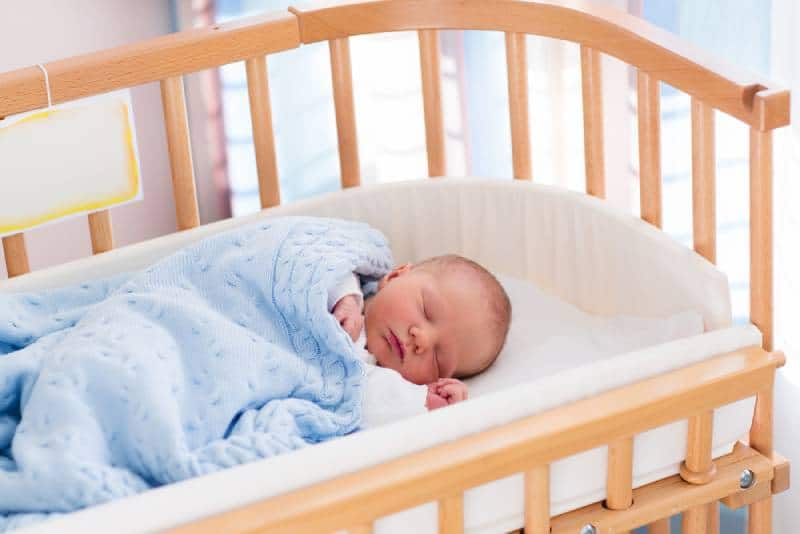As winter approaches, it becomes critical to ensure that your infant is warm and comfortable during the night. Here are some useful tips to keep your child warm and cozy when the temperature drops.
What to Do to Keep Baby Warm at Night in Winter
Firstly, dress your baby in appropriate clothing. Layering is key during winter nights. Start with a soft, breathable onesie or pajamas as a base layer. Add a thin, long-sleeved shirt or a thermal onesie. Always choose a warm, cozy sleep sack or a wearable blanket to provide an extra layer of insulation. This combination of clothing will help regulate your baby’s body temperature without overheating.
Another effective way is to use a humidifier. The dry winter air can cause discomfort and irritation. A humidifier adds moisture to the room, creating a more comfortable sleeping environment. Be sure to clean and maintain the humidifier regularly to prevent the growth of mold or bacteria.
How to Keep Baby Warm at Night Without Blankets

While blankets are often used to keep adults warm, they can pose a suffocation hazard for babies. Therefore, it is important to find alternative methods to keep your little one warm without using traditional blankets.
1. Swaddle or Sleep Sack
Swaddles, or sleep sacks, are specially designed products that provide a cozy and secure feeling for your baby while eliminating the risk of suffocation. Cotton and fleece sleep sacks are usually warmer and more comfortable. Ensure that the sleep sacks you choose are the proper size for your baby’s age and weight.
2. Layer Clothing
Another alternative is to dress your baby in appropriately layered clothing. Choose comfortable onesies, pajamas, or thermal wear as the base layer. Consider using footed pajamas or adding warm socks to keep their tiny feet toasty. Remember, the aim is to layer clothing to provide insulation and maintain a comfortable body temperature.
3. Heated Mattress
You may add even more warmth by using heated mattress mats or warm water bottles. However, these procedures must be used with extreme caution. To avoid direct contact with your infant, make sure the heated mattress pad has a temperature control system and is used under a fitted sheet. Wrap a warm water bottle in a towel or cloth and lay it towards the bottom of the cot or bassinet, away from the infant.
How to Keep Baby Warm at Night Without Sleep Sack
Sleep sacks are commonly used to keep babies snug and warm at night. However, if you find yourself without a sleep sack or prefer an alternative, there are other ways to ensure your baby stays cozy during sleep.
- Consider Using Footed Pajamas
Footed pajamas are all-in-one outfits that provide warmth and coverage, eliminating the need for a separate sleep sack. Look for footed pajamas made from soft, breathable materials such as cotton or fleece to maintain comfort throughout the night.
- Consider Using Baby Sleeping Bag
These alternatives provide the same benefits as a sleep sack, with the added advantage of allowing more freedom of movement. Choose a suitable tog rating, which indicates the warmth level of the product. A temperature rating of 2.5 or lower is generally recommended for cooler nights.
- Consider Using a Bassinet or Crib with Built-in Insulation
Bassinets or cribs with built-in insulation are specialized sleep spaces designed to provide extra warmth and coziness without the need for a sleep sack. They often come with insulated mattress pads or liners that help retain heat and create a comfortable sleeping surface.
How to Keep Baby Warm at Night Safely
When it comes to keeping your baby warm at night, safety should be the utmost priority. Here are some essential safety tips to consider while ensuring your little one stays cozy:
- Place your baby on their back, without any objects or loose bedding that can obstruct their breathing.
- Choose the right sleepwear that fits properly and is made of breathable materials. Avoid overdressing or using heavy blankets that can cause overheating.
- Maintain a comfortable room temperature. Keep the room between 68 and 72 degrees Fahrenheit (20-22 degrees Celsius).
- Regularly check your baby’s temperature by feeling their neck or chest. Look for signs of sweating or feeling excessively warm, as these may indicate overheating.
- It’s crucial to maintain proper air circulation. Open a window slightly or use a fan to prevent stagnant air and maintain a fresh oxygen supply.
- Regularly inspect sleep equipment. Whether using sleep sacks, wearable blankets, or other alternatives, make sure they are in good condition. Check for any signs of wear and tear, loose threads, or damaged zippers that may pose safety risks.
Final Thought
Remember, each baby is unique, and what works for one may not work for another. Pay attention to your baby’s cues and adjust their sleep environment accordingly. By prioritizing safety and using appropriate methods, you can ensure your little one stays warm, comfortable, and safe throughout the night.





